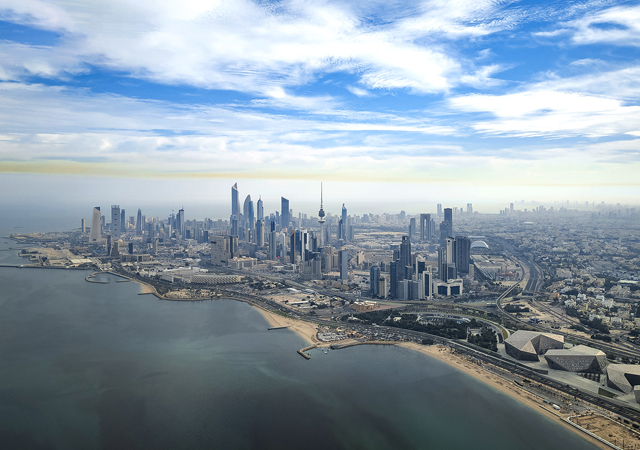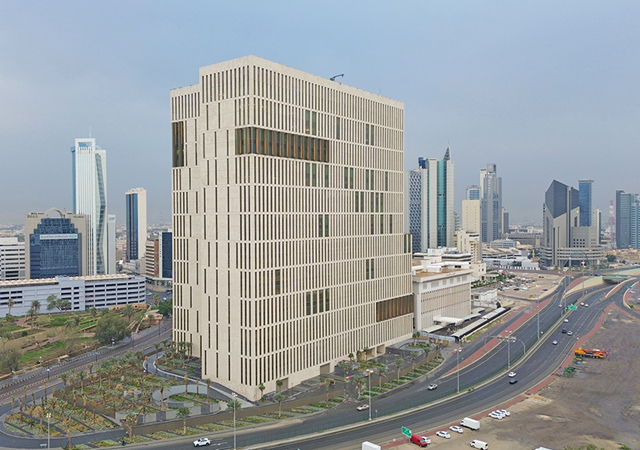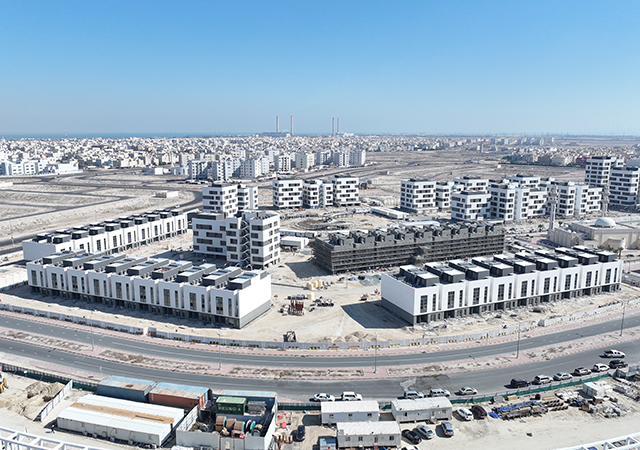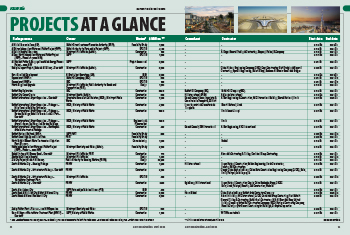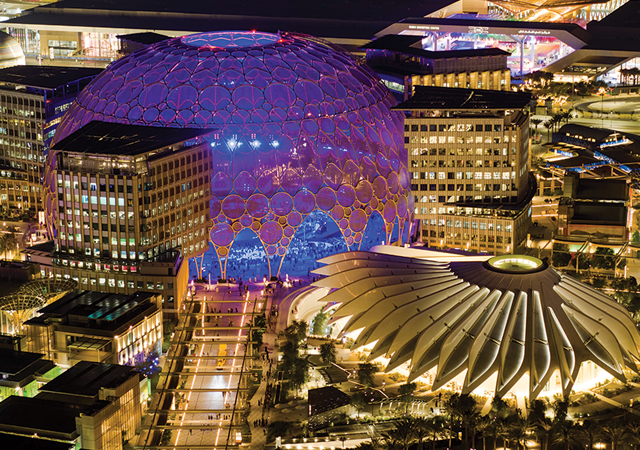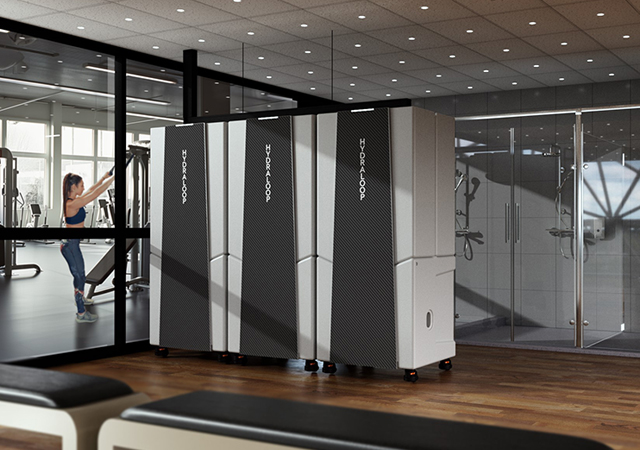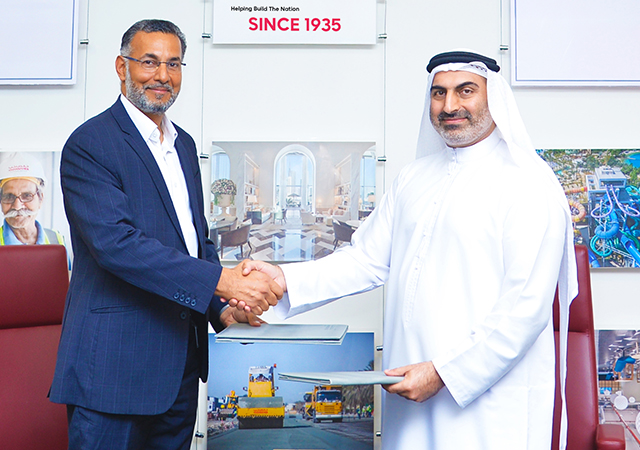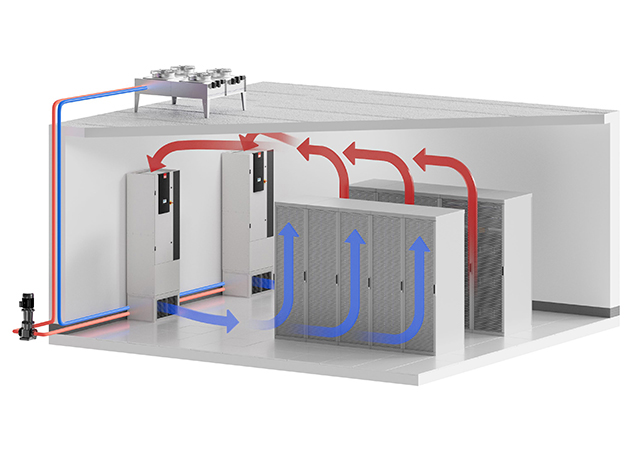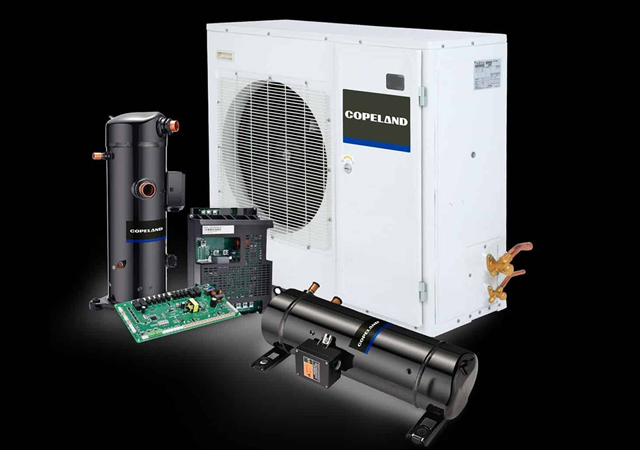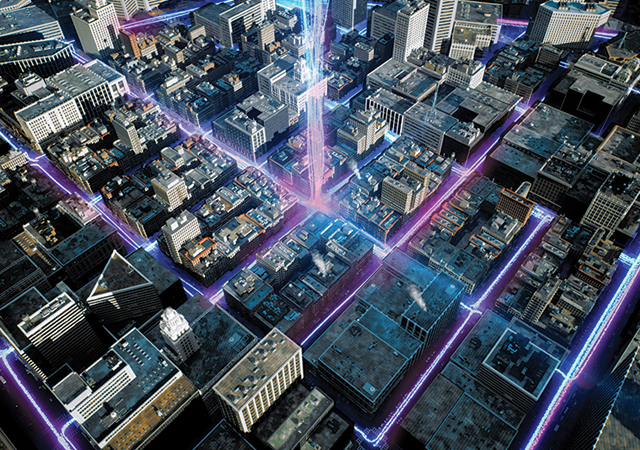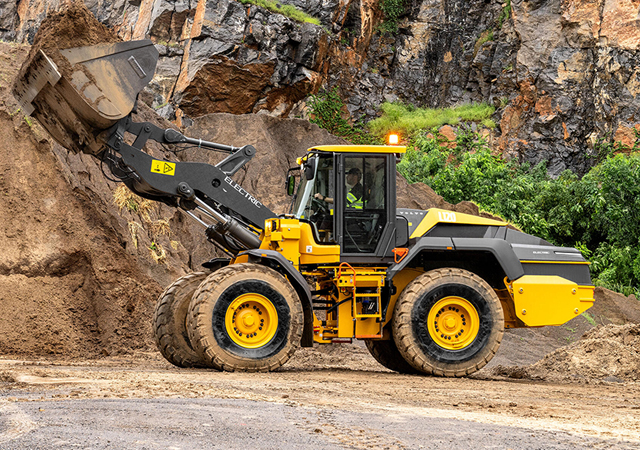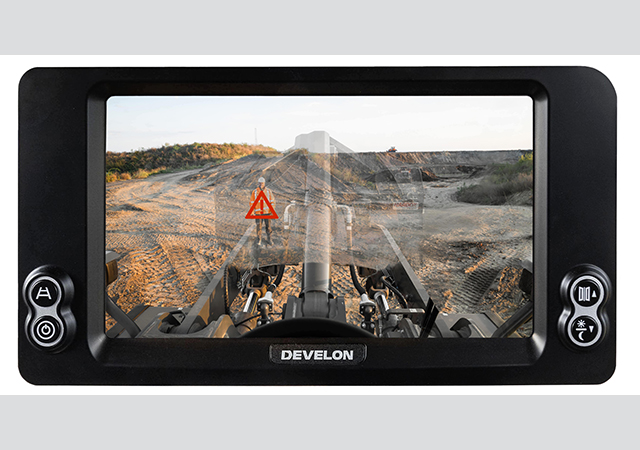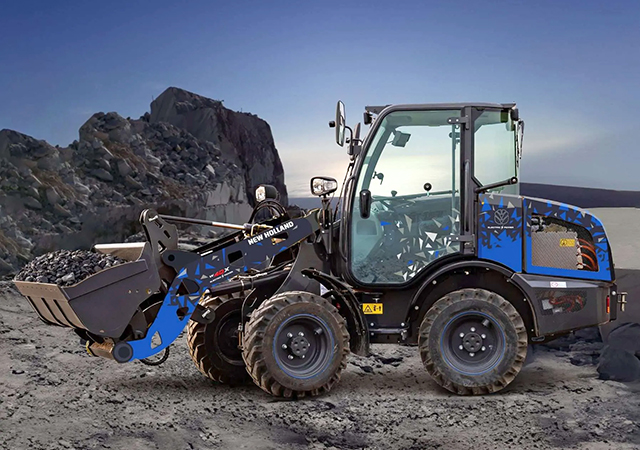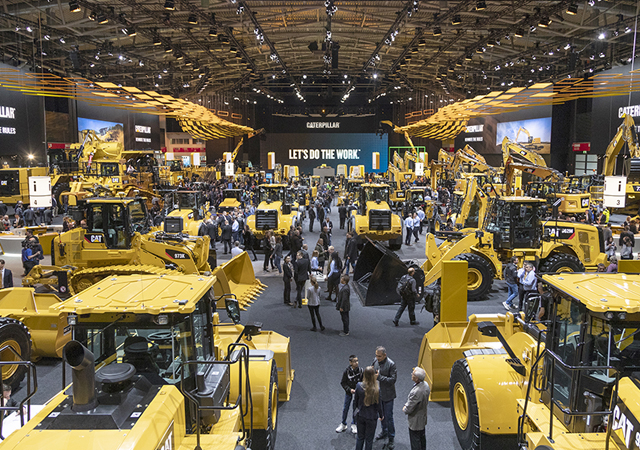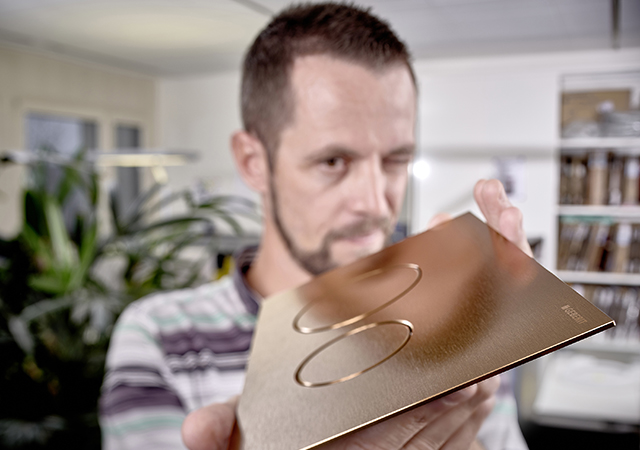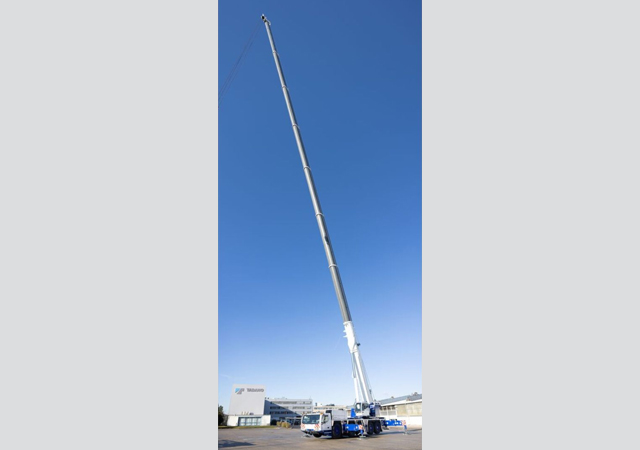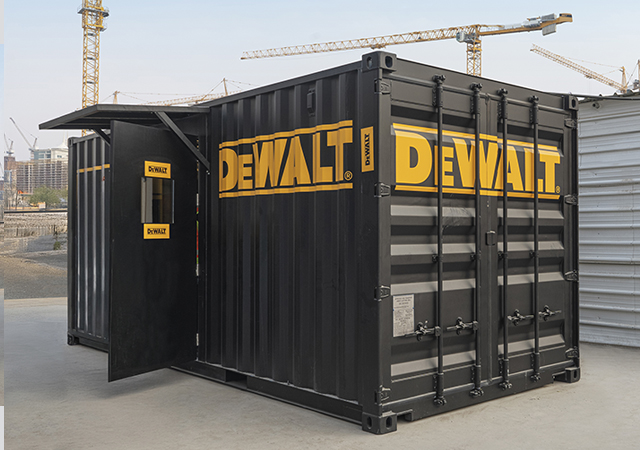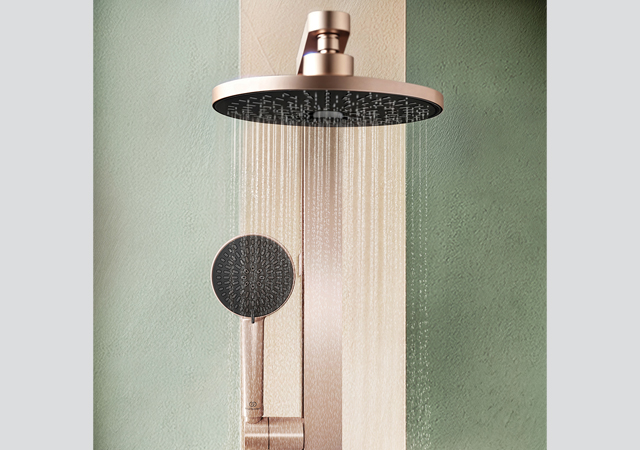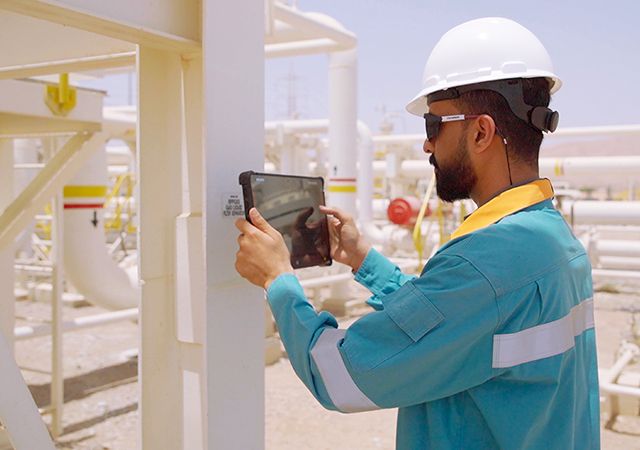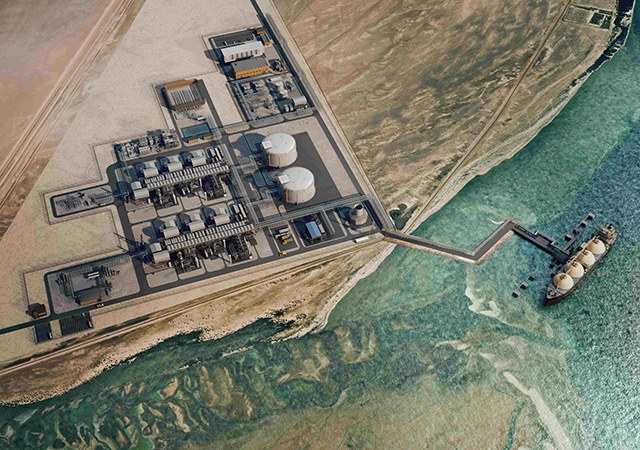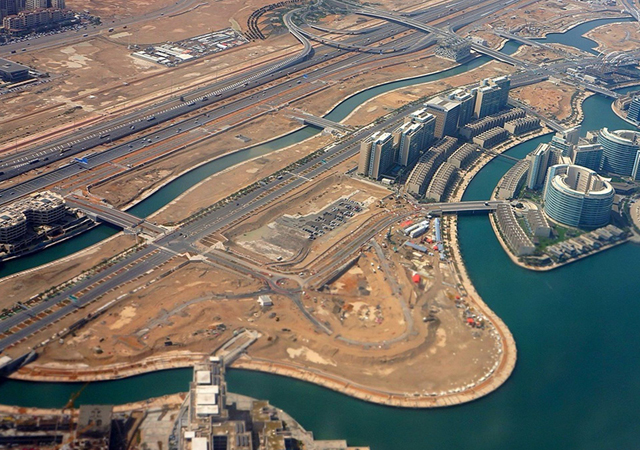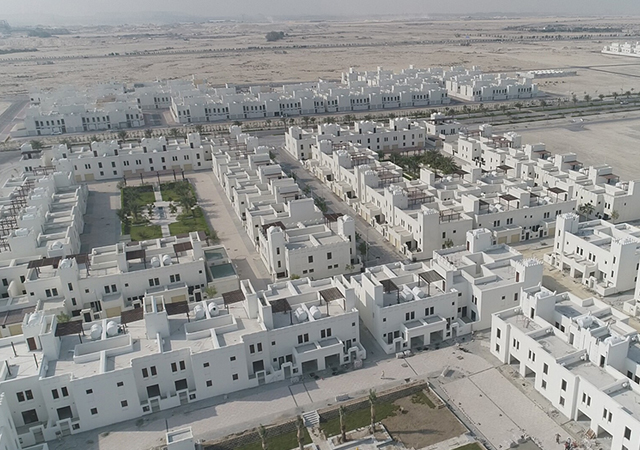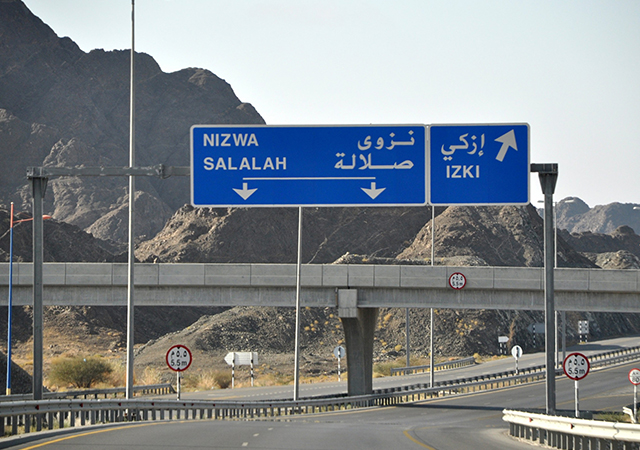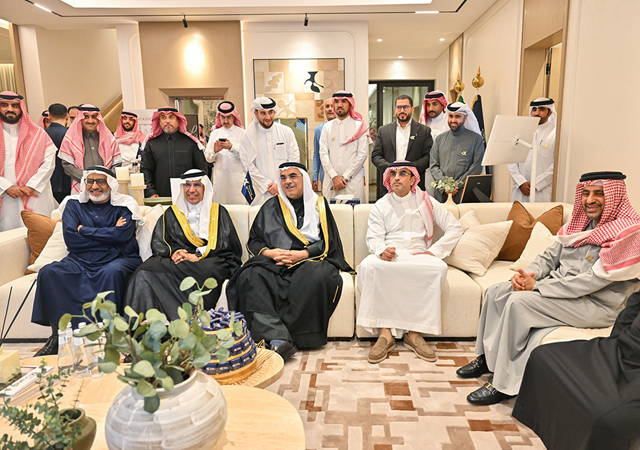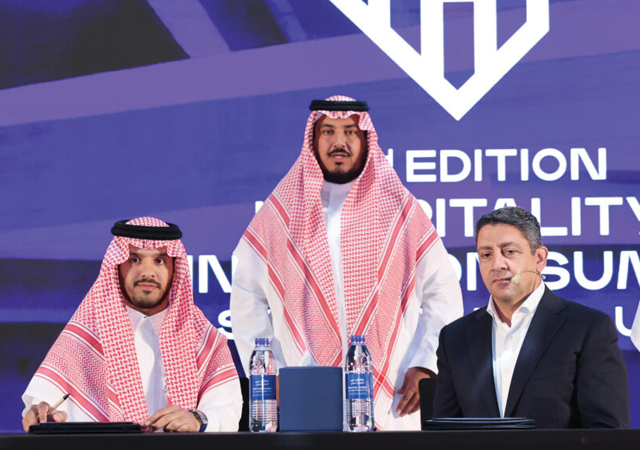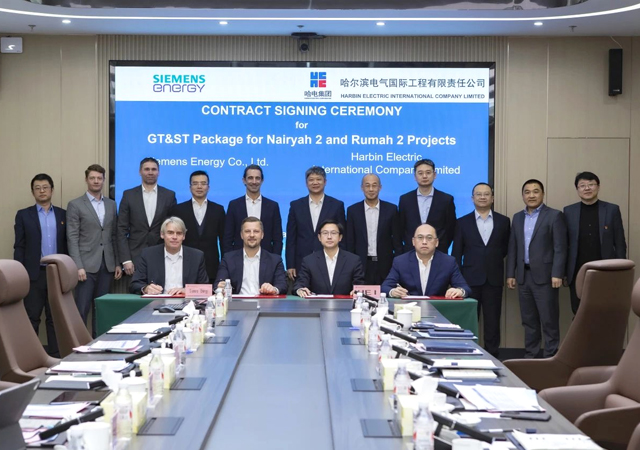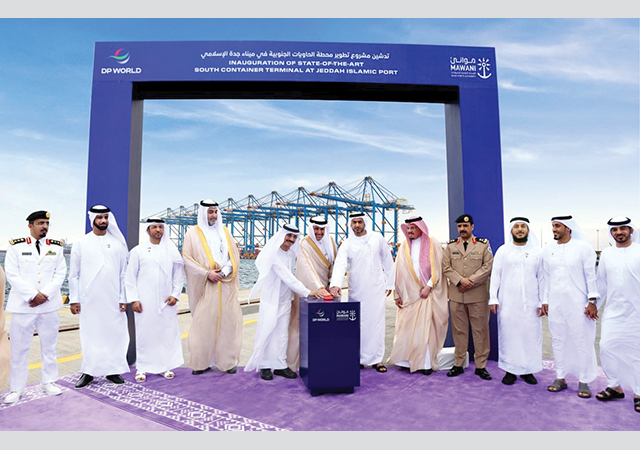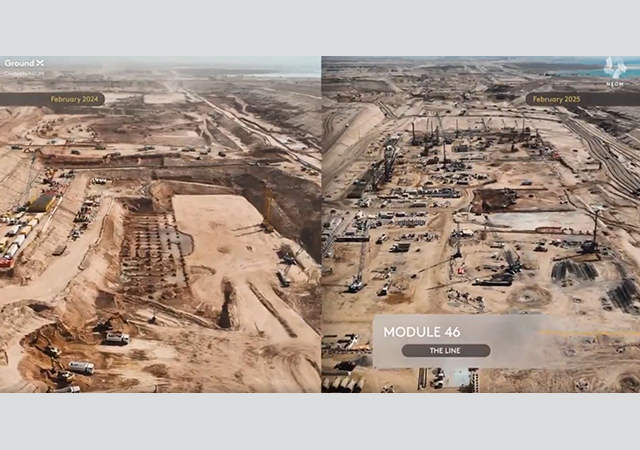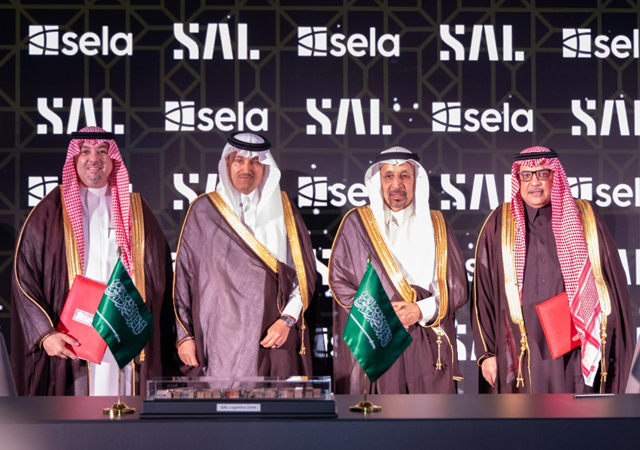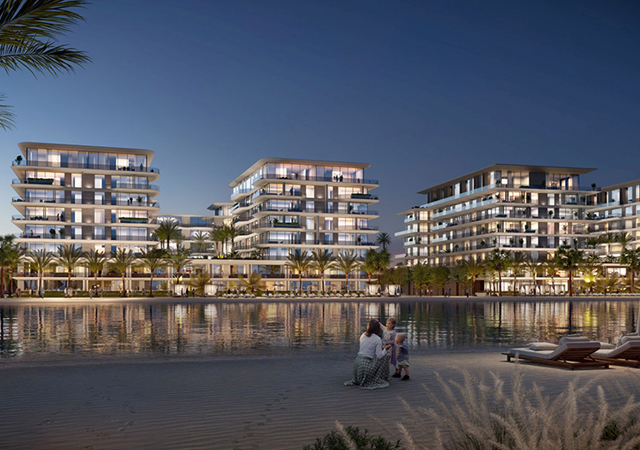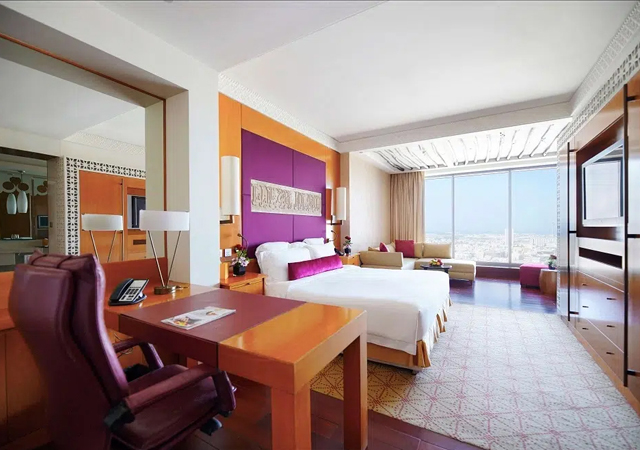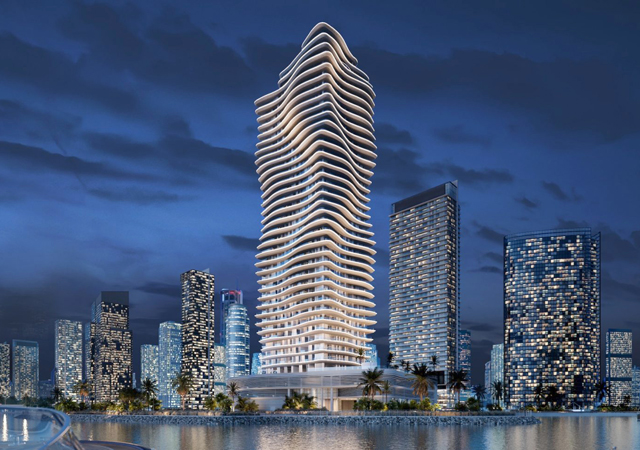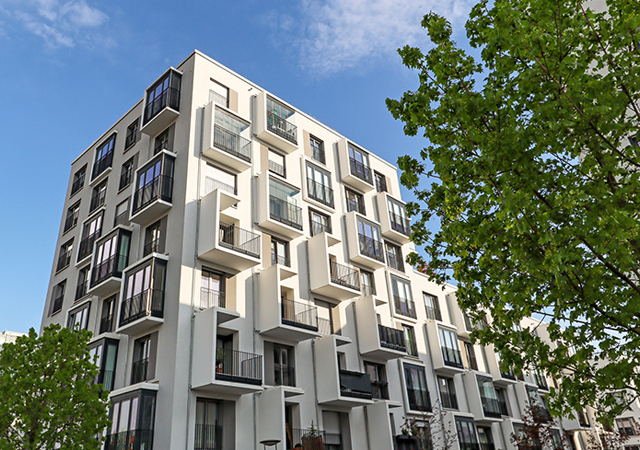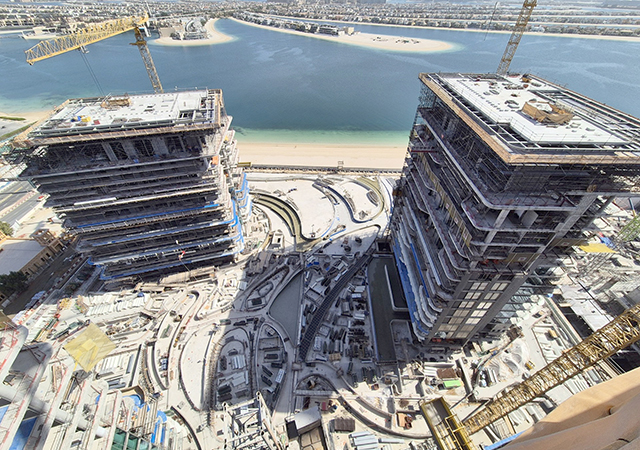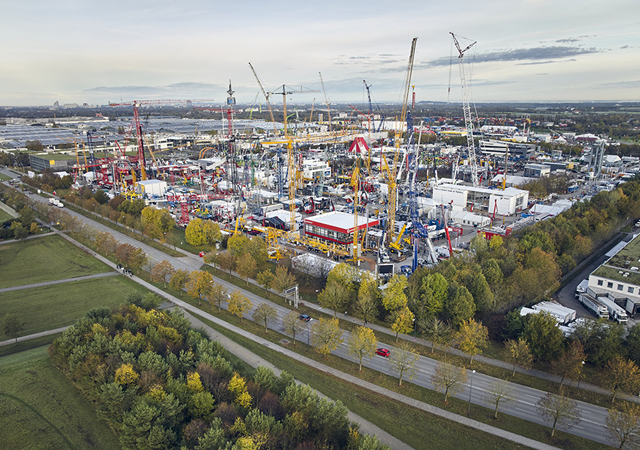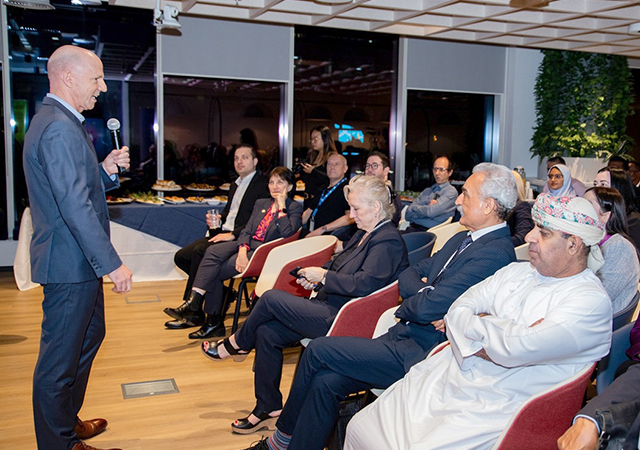
IT’S a railway station announcement of seemingly no importance. In the UK, it asks “Inspector Sands to please report to the control room.” However, more of him later.
The first railway in the Middle East was the Alexandria to Cairo line, which opened in 1856. Yet the Middle East and North Africa (Mena) region still has one of the lowest density rail networks in the world, with only 34,000 km of track over a land mass of some 15 million sq km.
All that seems set to change. It’s been recently announced that a 2,117-km GCC project will start construction by 2014 and be operational by 2017-18.
Kuwait is to build a $7-billion, 171-km inner city metro, which should begin operation in 2020, and will have a first phase completion of 28 stations. The plan is also to link Kuwait internationally.
Qatar, meanwhile, has launched an integrated railway system, and intends to open the first phase before the Fifa World Cup in 2022. Dubai, of course, already has a working metro on which Wrightstyle was involved.
Elsewhere, for example, the Jordanian government has advanced plans for a national railway network to link Iraq with the Red Sea and Saudi Arabia with Syria, Turkey, and Europe.
This is echoed in plans by Saudi Arabia to build a cross-country scheme from the Gulf to the Red Sea, which will include a high-speed stretch to Makkah and Madinah. Altogether, the Saudis plan to spend $45 billion on 7,000 km of new railway.
If other rail networks are completed in the Middle East, this would allow rail access from, for example, Saudi Arabia to China, Singapore or Hong Kong.
It adds up to a new golden age for railways in the Middle East, as cities grow ever larger and the problems in moving people and freight become more complex.
UK-based leading steel glazing company Wrightstyle has been involved in a number of transportation projects internationally, its focus being on fire safety in railway stations, and how best to contain fire, hot gases and toxic fumes if a fire does break out.
And that’s where Inspector Sands comes in, because he doesn’t exist. In different variations, around the world, it’s used when a fire alarm is activated. It’s a coded signal to give staff time to check that fire alarm and quickly determine if it represents a potential emergency. It’s a sensible precautionary measure to avoid an immediate – and perhaps unnecessary – evacuation, alarm the general public, perhaps cause panic and, inevitably, lead to significant disruption.
Similar codes are used across the Middle East, anywhere that large numbers of people congregate. It alerts staff to the potential need to evacuate people and, therefore, to their evacuation duties, and allows for a swift assessment of the situation.
The importance of a pre-evacuation assessment is that fire alarms often turn out to be false. Modern alarm systems are sensitive and can be easily triggered, and false alarms are disruptive and costly – as well as undermining our faith in future alarms.
More importantly, when we hear the alarm but can’t see a fire, we don’t know how to react or if we should react. We don’t have the facts on which to base a flight strategy, so we assume it’s a false alarm, or at least sit tight until we have more information. This golden period following an alarm is often taken up with ‘start up’ time – people wondering what to do, or whether to do anything at all.
There are many well-documented fires where a delayed flight response has led to multiple casualties. Most tragic of all was 9/11, when less than nine per cent of the occupants of the World Trade Centre towers in New York immediately evacuated after the alarms sounded. The average ‘start up’ time before people moved to the WTC exits was between five and eight minutes. Others didn’t start to evacuate for up to 40 minutes.
It means that alarms should be reliable, assuring us that when an alarm sounds we need to take it seriously. In high-traffic places such as railway stations, that means having intelligent detection systems designed to cope with both large open areas and the more confined spaces of, for example, offices and retail outlets.
Those systems should integrate into a station or building management system, covering everything from escalators and lifts to heating systems. The key is to have a system that can localise the fire, perhaps also using optical or thermal sensors. If it does turn out to be a fire, the emergency services need to know precisely where it is.
It’s something that Wrightstyle understands and has invested significantly in designing and manufacturing glazing systems to mitigate against bomb and ballistic attack, as well as against fire and high wind loading.
Apart from the Dubai Metro, the company has also recently supplied systems to transportation projects in Hong Kong and to the iconic King’s Cross station in London – among others.
In a fire situation, people will often delay evacuating that building. It means designing in additional safety, over and above a minimum fire safety specification. With modern glazing systems certified up to 120 minutes for both insulation and integrity, that gives everyone more than enough time to move to safety.
Wrightstyle’s systems are designed to contain fire, allowing buildings to be sub-divided into compartments so that, in an emergency, the fire, smoke and toxic gases can be trapped in one defined area – minimising risk to human life and infrastructure damage.
Significant fires in railway stations are mercifully rare – and that, more than anything, speaks volumes for how far fire safety has progressed over recent years, not only in advanced detection systems but also in building materials, fire safety regulations, and in fire and rescue response.
However, fires do happen – in stations or on trains, and people do get injured. Perhaps the worst modern station fire disaster, in 2003, was at Daegu Station in South Korea in which 192 people died. What was particularly shocking was how badly the station’s fire compartmentation systems were designed. Instead of containing the fire but allowing people to escape, the system closed fire shutters and smoke barriers – effectively concentrating the heat into places from which people were desperately trying to escape. Nor was there a sprinkler system to reduce heat and douse the flames.
The Korean fire once again concentrated minds on the importance of effective compartmentation and on providing escape routes able to cope with large numbers of people all exiting simultaneously.
Most major accidental fires start from something almost insignificant – a faulty light socket, or a burning cigarette casually disposed of and detection systems have to pick up on those insignificant events and determine how insignificant or, otherwise, they really are.
All Wrightstyle systems are tested as one compatible unit and the company emphasises to architects and designers that the glass and steel components should always be specified as one integrated and tested assembly. The glass is only as good as its framing system, or vice versa, and if one fails, both fail, with potentially catastrophic consequences.
All of us in the fire and building security sector now work interdependently, assessing a whole building’s ability to withstand fire and designing in safety, making sure that if the worst happens, we have the systems and evacuation procedures in place to contain the fire and get everyone to safety.


